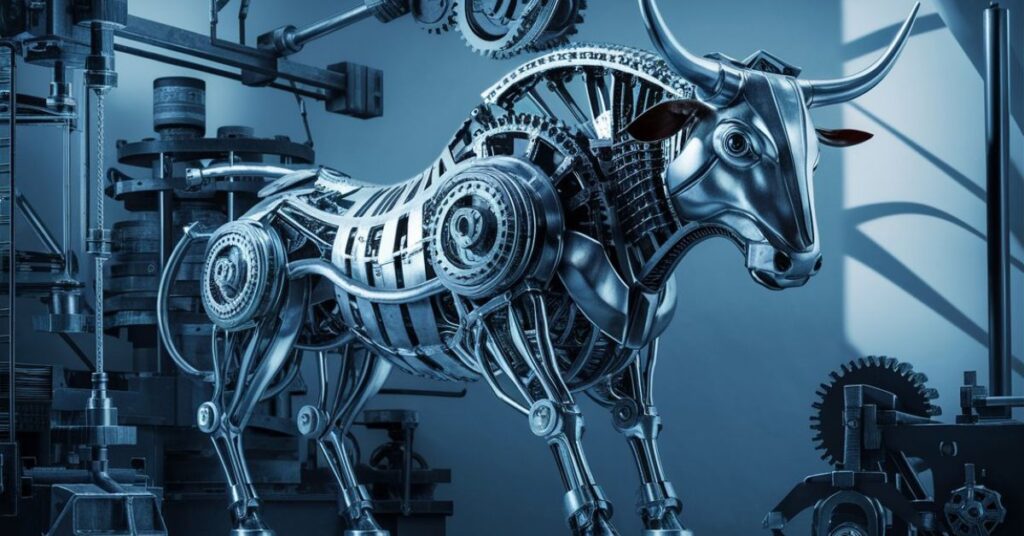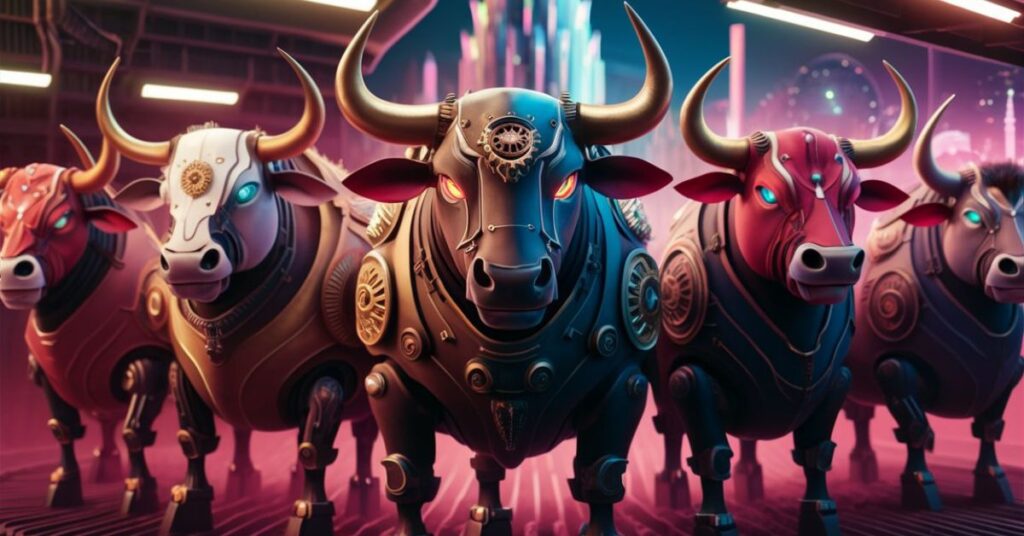Mechanical bulls, often associated with rodeos, bars, and amusement parks, have become a popular attraction worldwide. These machines offer a thrilling experience that mimics the challenge of riding a real bull, but with the safety and control of a mechanical device. This article delves into the fascinating world of mechanical bulls, exploring their history, mechanics, applications, and the engineering behind their design.
History and Evolution of Mechanical Bulls
The concept of the mechanical bull dates back to the mid-20th century, primarily in the United States. Originally designed as training devices for rodeo riders. These early versions were simple and rudimentary, lacking the advanced features seen in today’s models. They provided a means for cowboys to practice their skills without the risk of injury from a real bull.
In the 1980s, the appeal of mechanical bulls skyrocketed, mainly because of the movie “Urban Cowboy” (1980), which featured a mechanical bull prominently. This visibility brought the thrill of riding mechanical bulls to a broader audience, prompting bars, clubs, and amusement parks to set up. These contraptions as forms of entertainment.
Mechanics and Engineering to Mechanical Bulls

Components of a Mechanical Bulls
A mechanical bull consists of several key components that work together to simulate the experience of riding a live bull:
- Base Unit: The base unit houses the motor and control system. It provides stability and supports the entire structure.
- Bull Body: The bull body is mounted on top of the base unit and is designed to replicate the appearance and movement of a real bull. It is typically made from durable materials like fiberglass or high-density foam, covered with synthetic hide for a realistic look.
- Movement Mechanism: This mechanism controls the bull’s movements, including bucking, spinning, and tilting. Advanced models use a combination of motors, gears, and hydraulic systems to achieve smooth, lifelike motions.
- Control System: The control system allows operators to adjust the speed and intensity of the bull’s movements. Modern mechanical bulls often feature programmable settings and remote controls, enabling operators to customize the ride experience for different skill levels.
- Safety Features: Safety is a paramount concern in mechanical bull design. Features such as padded bull bodies, inflatable safety mats, and automatic shut-off systems ensure riders’ safety during operation.
Engineering Challenges and Solutions
Designing a mechanical bull involves several engineering challenges. Ensuring the machine can withstand the stress of continuous operation while providing a realistic and enjoyable experience is critical. Engineers must balance durability with flexibility, allowing for smooth, natural movements without compromising safety.
One significant challenge is creating a movement mechanism that can replicate the unpredictable motions of a live bull. Advanced models use computer-controlled systems to achieve a wide range of movements, from gentle rocking for beginners to intense bucking and spinning for experienced riders. These systems often incorporate feedback loops and sensors to adjust movements in real-time, enhancing the ride’s realism.
Applications and Uses
Entertainment and Recreation
Mechanical bulls are a staple in the entertainment industry. They are commonly found in bars, nightclubs, and amusement parks, providing a thrilling attraction for patrons. Event organizers also rent mechanical bulls for parties, corporate events, and festivals, where they serve as a crowd-pleasing highlight.
Training and Fitness
While primarily associated with entertainment, mechanical bulls have practical applications in training and fitness. Rodeo riders use mechanical bulls to practice and hone their skills in a controlled environment. Additionally, fitness enthusiasts incorporate mechanical bull riding into their workouts, as it provides an excellent core workout and improves balance and coordination.
Therapeutic Use
In recent years, mechanical bulls have found a place in therapeutic settings. Some physical therapists incorporate mechanical bulls into rehabilitation programs to help patients improve balance and coordination, especially for injuries or conditions affecting motor skills. The adjustable and controlled movements of a mechanical bull can be customized to meet individual therapeutic needs, providing a unique and engaging form of therapy.
Buying and Renting Mechanical Bulls
Factors to Consider
When buying or renting a mechanical bull, several factors should be considered to ensure you get the best value and experience:
- Quality and Durability: Look for models made from high-quality materials and with robust construction to ensure longevity and safety.
- Safety Features: Ensure the bull includes essential safety features like padded bodies, inflatable safety mats, and automatic shut-off systems.
- Control Options: Choose a model equipped with a flexible control mechanism that allows for speed and power adjustments, catering to cyclists of different abilities.
- Maintenance and Support: Consider the availability of maintenance and support services. A reliable supplier should offer comprehensive support, including regular maintenance and repairs.
Renting vs. Buying
Deciding between leasing or purchasing a mechanical bull is based on your unique requirements and financial situation. Renting is ideal for short-term events, providing a cost-effective way to include a mechanical bull in your festivities without the long-term commitment. Rental packages often include delivery, setup, and an operator, making it a hassle-free option.
Acquiring a mechanical bull represents a substantial financial commitment, yet it provides enduring advantages for companies intending to utilize it frequently. Owning a mechanical bull allows for greater customization and flexibility, making it a worthwhile investment for bars, amusement parks, and event companies.
Conclusion
Mechanical bulls represent a unique intersection of fun and engineering. Starting out as tools for rodeo athletes, they have transformed into well-liked forms of entertainment. The engineering behind these machines is complex and fascinating, involving a careful balance of durability, safety, and realistic movement.
Whether for entertainment, training, fitness, or therapy, mechanical bulls offer a versatile and engaging experience. By grasping the principles and technical aspects of mechanical bulls, along with the important elements to think about, you can make a knowledgeable choice and completely relish the exhilarating adventure they provide.

